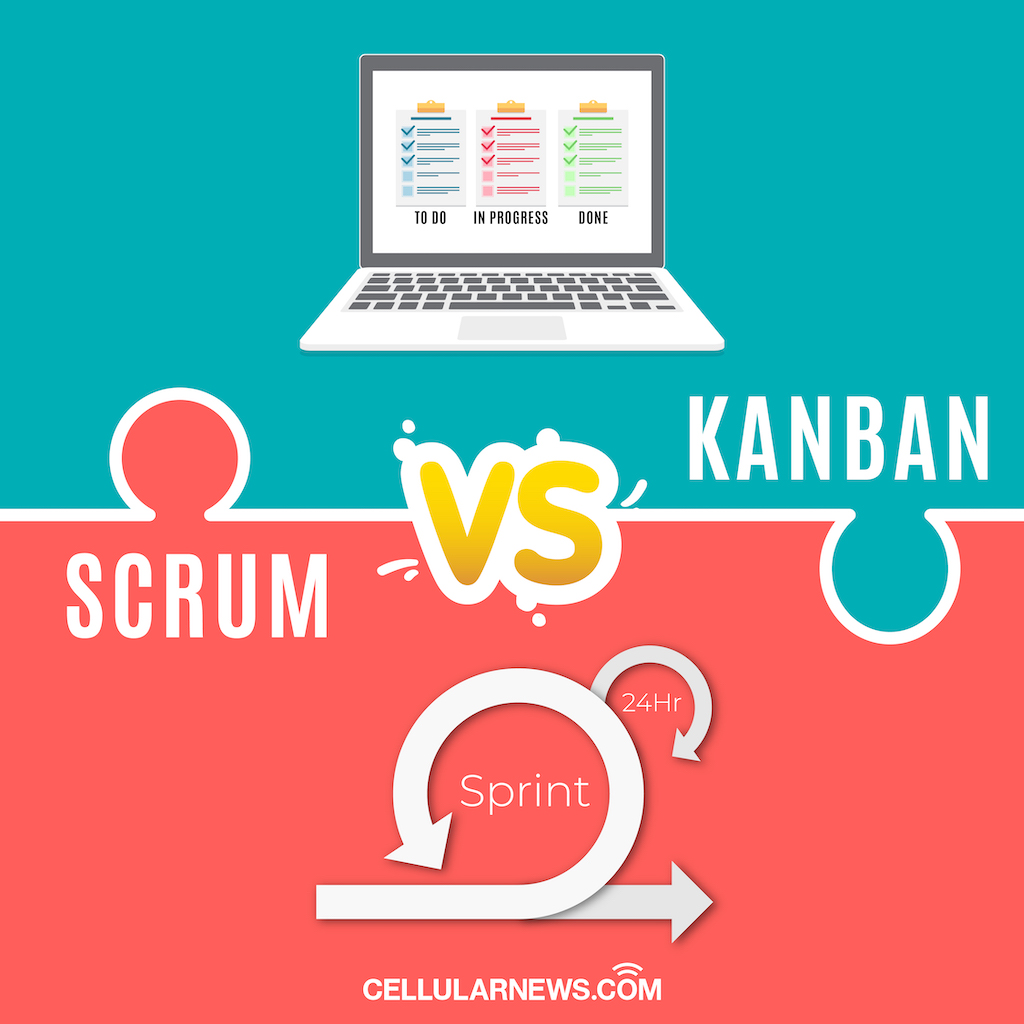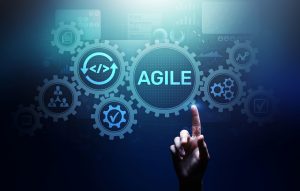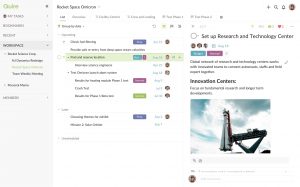The Agile workflow can either be simple or complicated. Working inside an agile environment requires you to follow the set of ideals and principles that serve as a north star especially among software developers. Let’s take a look at Kanban vs Scrum. From here, we examine these frameworks as it helps the teams adhere to agile principles and get to deliver any working projects timely.
When you turn up for fancy fine dining, you will notice that the restaurant offers a fancier menu than the rest. Or maybe the opposite, but the utensils, plating, wine glass, etc. are the same. This is just the same idea with agile delivery between agile Kanban and Scrum — two different tools, the same end goals.
For expert software professionals, it is easy to point out the differences between Kanban and Scrum practices. Generally, the practices are different, but both frameworks follow the same principles.
So, why is there a need to establish the difference between Kanban vs Scrum?
The answer lies in the hyper-growth mode of the market. It is a growth that both businesses and project developers cannot keep up with. The demand is just too overwhelming that software professionals learn whether to build kanban software or scrum software or build a combination of the two.
Hence we are here to investigate the practices behind each framework as we learn their attributes and take a look at the emerging hybrid agile framework.
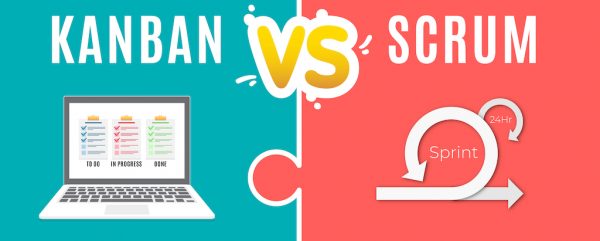

The Agile Environment
The agile environment is a structured and iterative approach to project management and product development. It recognizes the volatility of product development — how to build the product or the should the product be built in the first place? However, with the certainty of the organization practicing the agile concepts, self-organizing methodologies help teams to respond to change without going out of the track.
As mentioned earlier, to keep up with the hyper-growth demand of the market, having agile is not a competitive advantage anymore. It became a requirement, a great method supporting different contemporary areas and fields of software applications. Remember, any system developed is as efficient as its resources as time allows. It is a must to deliver timely as it is not anymore a luxury to develop a product for years or even months in a black box.
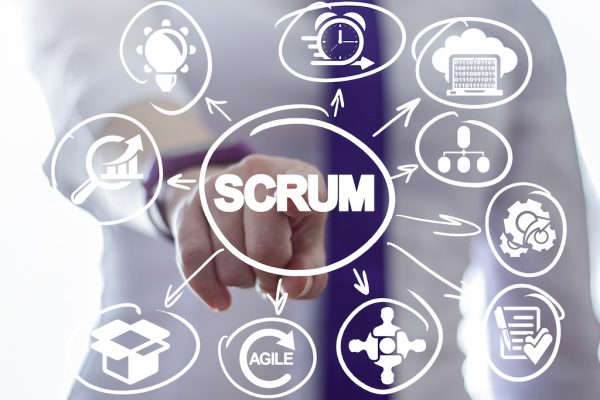

What is Scrum?
The scrum process is an iterative cycle that runs 2-4 weeks. This is the ideal setup, but it varies from process to process. Scrum teams commit to deliver working software through set intervals called Sprints. Their goal is to create learning loops to quickly gather and integrate customer feedback. Scrum teams adopt specific roles, create special artifacts, and hold regular ceremonies to keep things moving forward.
Scrum practices include backlog roaming, right after every sprint. And backlogs are historically validated and are included in the new Sprint. And the Scrum teams adhere to the principle that good stand-up means good collaboration. To achieve this, the team supports the strict implementation of team cadence and daily cadence. Cadence is the duration and iteration of a sprint. Let’s say a meeting held every Wednesday for at least 5 minutes and a longer meeting scheduled every last Wednesday of the month. This is the pattern as scrum promotes an actionable matrix for each pattern.
Scrum always adhere to validated learning. Each scrum team members demonstrate progress against business goals and measuring it according to the needs of the customers. This way, progress attained by every process and learnings are generated by implementing and validated through a customer’s response.’


What is Kanban?
Kanban methodology is a principle from Toyota that optimized waste. What started as a manufacturing process methodology in which items are sized properly to create cars with minimal wastes eventually became an important methodology in software development.
To understand Kanban project management, let’s examine the word ‘Kanban’ itself. Kanban system means a rhythmic fashion or a water flow. However, at Toyota, it is defined as a signal card that is used to visualize the work of each member or group, tracking work in progress, and maximizing process flow.
Kanban in software development has the same approach but provides policies that are explicit to the team. The teams focus on reducing the time it takes to develop functionality from start to finish. They use the agile Kanban board to continuously improve their workflow. Each member is equally responsible for the delivery of the product, and they huddle right away in case of emergency, for example when a website is down.
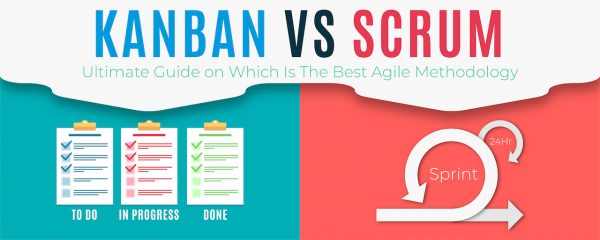
Kanban vs Scrum: Key Differences
1. Roles and Responsibilities
In Kanban, there are no prescribed roles. A team may have at least one project leader and members. Members who are not occupied with tasks can immediately help an overwhelmed member to continue the process flow.
In Scrum, there are three prescribed roles: The Product Owner, Scrum Master, and the members. The Product owner defines goals and objectives in accordance with the business goals, the Scrum Master facilitates and enforces timelines, and the members execute the tasks.
2. Timelines
Kanban timelines and iterations are optional. There is a continuous delivery of products and processes following the “as-needed manner” in accordance with the business needs.
Scrum timelines and iterations are prescribed. All deliverables are pre-determined through Sprints. All stakeholders are aware of the timeline for a set of tasks to be completed, the amount of effort needed, and the time to review.
3. Modification and Changes
In Kanban, the team can add changes or items when a resource is available. These changes made during mid-stream processing allows for continuous improvement.
In Scrum, once a sprint is final, it is final and changes during a sprint are strongly discouraged. Bugs found during the sprint can be filed as backlogs or can be added to the next sprint. It is the decision of the Scrum Master on what to prioritize.
4. Measurement of Productivity
In Kanban, the lead time is a default metric for productivity. It is the amount of time required to complete a task from start to end.
In Scrum, it uses velocity as a default metric. The production is measured using velocity through each sprint which is an escalation of success from the previous sprints.
5. Prioritization
In Kanban, there is no prioritization, or in any case, it is optional.
In Scrum, the team will decide on how to prioritize a product backlog.
6. Applications
The application of Kanban is different depending on the urgency and priorities of the project.
Scrum is best for projects and teams with stable priorities and lesser variation of process flow over time.
Blended Environment: Scrumban
Kanban and Scrum frameworks are efficient that can help software companies develop applications that led to the success of an industry clientele. Remember that different approaches can work in a worthwhile manner at different times. The frameworks are proven to be efficient. But as the demand for market increases, businesses and developers opted to combine these two frameworks. Thus, in making decisive actions as to Kanban’s and Scrum’s application on its principles and practices on a team or project is highly depending on its products and services output. However, it still boils down to the needed requirements of the project.
There has been an on-going debate as to which framework is more suitable and efficient. As to features and capabilities, there is no sure winner. But some experts agree with the idea that Kanban is suitable if you provide services. While Scrum is the most obvious choice if you are creating products. Again, this representation still needs thorough research with the required statistical results. To ease the battle between Kanban vs Scrum, it is best to combine the two to benefit industries that need their features.
Discussion about Scrumban
When you combine Scrum and Kanban, the result is Scrumban. It is a hybrid agile management methodology from the concepts of Scrum and Kanban. The methodology existed when teams transitioned from Scrum to Kanban. Eventually, Scrumban became a management framework wherein teams employ Scrum as a process tool while the Kanban methodology works as a monitoring tool to view, understand, and continuously improve the process.
Conclusion
Agile software development projects can either be simple or complicated. The latter entails many requirements, steps, and processes. As a result, they are difficult to control manually with traditional tools. Hence, many software developers are using Kanban tools and Scrum process features. They are mainly used to control the process flow of both simple and complex projects. These frameworks also adapted the use of automated tools that are quick, flexible, and reliable such as software product trackers.
Both frameworks can be natively used or customized based on the processes and work systems your team and/or company requires or already implemented. It is best said that these days, the Scrumban method has been adopted. The best part, it’s effective to help manage projects, workflows, and processes to cater to the needs of all huge businesses.
Needless to say, developers always faced a huge problem with workflow management in software development. However, the right method to adopt or use whether agile vs waterfall, Kanban vs Scrum, is still up to these professionals. As there should be an effective course of action in terms of planning and overseeing team members’ meetings, eliminating any impediments to progress, tracking steps and processes and so on.







